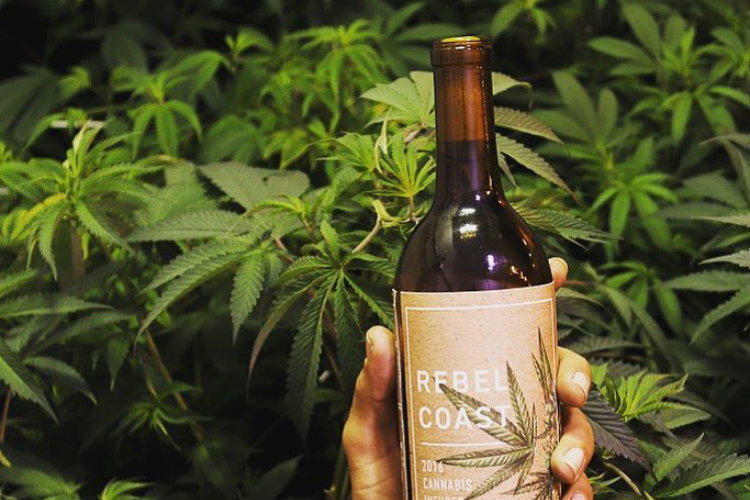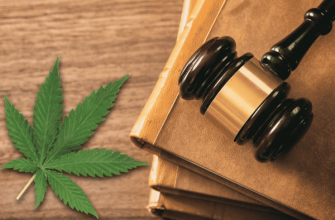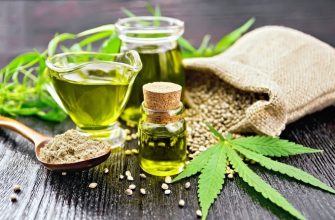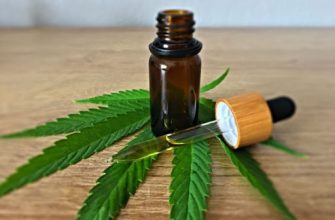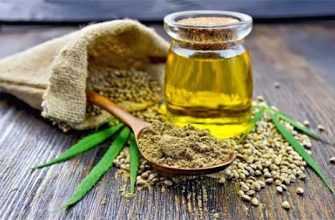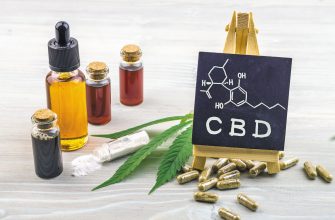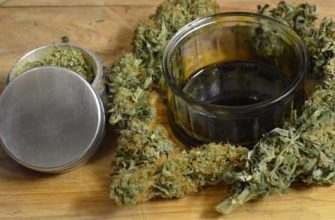Weed-and-wine, consumer culture
Smoking or drinking alcohol – do you really need to choose? Thanks to terpenes (hydrocarbons found in essential oils) and other substances, cannabis and wine form a complex combination of tastes and smells. They combine fruity and earthy notes, and the right variety of cannabis with a good red or white wine becomes a trend in the culture of consumption – both wine and cannabis. And in California there is even a wine saturated with cannabis – by the way, very expensive.
Cannabis with wine – a great combination or food spoilage?
Cannabis and wine create a whole universe of scents. Varietal diversity – both wine and cannabis – allows you to create incredible combinations of tastes and smells. Finding new combinations of wine and cannabis is a hobby that could become a new trend in the industry.
In Europe, smoking marijuana cigarettes with a glass of wine or beer is not an uncommon habit among cannabis “experienced users”. In the US, both the culture and the law are actually more lenient on the use of marijuana than on the use of alcohol. Therefore, if a person cares about his police file, he better not get caught on the street or in a car with a bottle of beer or other opened package of alcohol. It doesn’t matter if he’s drunk or not, he can’t just read a book and sip a beer on a sunny day somewhere in Central Park, unless, of course, he wants unnecessary precedents for bringing him to the police.
Therefore, grass-and-wine (weed-and-wine) is, nevertheless, rather a “home” rather than a “street” trend that arose due to the legalization of cannabis in the United States.
Drinking fresh white wine while smoking marijuana is, of course, a pleasure for the body and soul, which, however, looks a little pretentious. Fully aware of the risks and opportunities of such a venture, the American cannabis industry began to ferment grapes along with marijuana buds, developing a new direction for the use of wine and marijuana, new professions, partnerships and special clubs. But let’s take a look in the lab and see how it’s done.
Chemistry and life
The taste and aroma of wine is formed almost magically: it is a combination of sugars, terpenes, esters, yeasts, thiols, lactones, pyrazine and many other substances, including fungal mold. Ever heard of such a thing? It may not be desirable on plants, including marijuana, but you’ll appreciate the honeyed and fruity flavor it brings to Sauternes and other white wines.
In wine, essential compounds form peculiar bricks of fruit flavors, give a characteristic apple flavor to Chardonnay. Thanks to pyrazines, sauvignon has its grassy smell. Thiols give a fruity, bittersweet berry flavor to Bordeaux, Cabernet, Merlot. Young red wine can have a metallic taste, while Chablis can have a mineral taste due to sulfur compounds. The right amount of bacteria at all stages of fermentation gives value to wines like Amarone because they almost magically add a balsamic component to the flavor and aroma of these wines.
Terpenes
Chemical compounds called “terpenes” are what cannabis and wine exchange when it comes to taste. Terpenes give wine and beer a rich palette of flavors: sweet, floral, herbaceous, resinous. The floral note in a good muscat, sauvignon or champagne, and a host of other subtle flavors such as orange, lemon or rose, all actually come from terpenes. A variety of terpenes can make us smell more intense smells – pine, nuts, cheese, or even gasoline. Terpenes are present in nature in very low concentrations, but they play a crucial role in the development of the qualities of wine and cannabis. Over 50 terpenes have been found in wine and over 100 in cannabis.
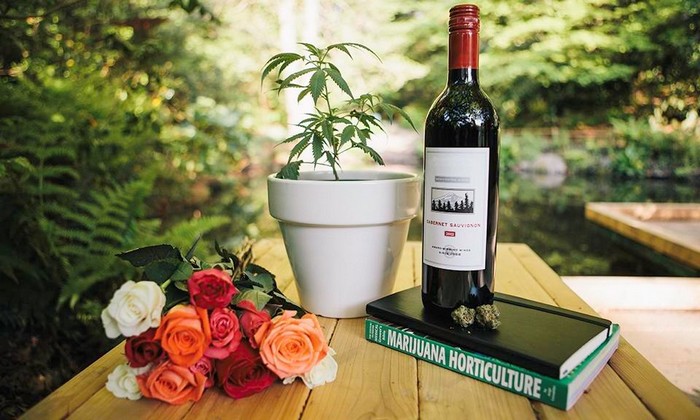
Intersecting flavors and aromas
But not only terpenes are responsible for tastes and smells. The molecular complexity of natural wine compounds allows for a large number of human-perceptible aromas, it has been proven that cannabis aromas are poorer. In addition, our tongue perfectly feels all the shades of wine taste, while when smoking, information about the aroma is supplied to us mainly by our palate and respiratory system. In the process of smoking, many terpenes disappear before they can touch our receptors.
Despite this, the nature of cannabis itself, coupled with the ability of breeders to develop the qualities of individual marijuana varieties, and together with the limitless possibilities of combinations of genetic traits and environmental parameters, can give marijuana a great taste and a very interesting complex of flavors. Much like with wine.
Both the taste of wine and the taste of cannabis can be roughly classified as fruity, floral, herbaceous, pungent, earthy. These main groups can be subdivided at the discretion of the sommelier, down to individual sensations based on a variety of factors, including personal memories and which aromas come from smoking and which from eating a marijuana cookie or sniffing a fresh leaf.
Here, however, there is an important point: most of the pleasant wine aromas are revealed to us when we eat certain foods that are “suitable” for a particular wine. At the same time, good food becomes a real delicacy when eaten with the “right” wine.
So how is it right to combine wine with marijuana?
In the United States, as probably elsewhere, sommeliers and marijuana drinkers tend to combine – in similarity or contrast – the smells and tastes of different varieties of wine with different varieties of marijuana. They offer marijuana lovers, in addition to weed, the best sparkling wines like champagne or prosecco to freshen up a “dry smoker’s mouth” with bubbly wine. This refreshing role of wine is a pretty big deal in the wine plus cannabis combination, the only reason to stop after a few sips of wine rather than downing the whole bottle is the well-known nasty side effect of alcohol interacting with THC.
For the same reason, lighter red wines like Pinot Noir, Merlot, Cabernet are preferred by marijuana drinkers more than Ports and other fortified wines. These are soft, aromatic wines with low tannin content, and they help to avoid the feeling of dryness in the mouth and throat. On the other hand, who would turn down a good tart Bordeaux just because it can make your throat tickle and your mouth a little dry? Sommeliers also believe that the lemon flavor in some cannabis varieties goes well with dry white wines like Sauvignon Blanc, Pinot or Chardonnay. But it seems that in practice, marijuana lovers prefer white semi-sweet, like Riesling or Muscat.
If it’s true that sour and fruity cannabis strains go well with sparkling wines, then any cheap cigarette smoker can attest that their cigarette goes just as well with cool champagne, especially on a warm sunny day in Central Park, especially if it’s not banned. . Indeed, these cool fresh bubbly wines are great for any smoker’s throat, not just marijuana drinkers.
And other varieties of marijuana pair well with most white dry wines, of course, or contrast nicely with reds. Speaking of terpenes, how about a joint after a cup of strong espresso? Coffee also has terpenes, and it is great “friends” with marijuana, so you just have to choose whether you prefer to cheer up or relax.
Original California “cannabis” wine
Wine producers in California have decided to incorporate cannabis into their grape fermentation process. At first they made this wine for their own consumption and to share with friends, but the popularity of cannabis wine in small circles led them to the idea that they should release this product to a large market, in the hope that the legalization of marijuana in California would make it popular. and among the mass buyer. Alas, this product almost never came out of California: today it is difficult to buy it in other states. Even states that fully legalize marijuana – Colorado, Washington, Oregon – do not allow cannabis-infused alcoholic beverages to be sold on their territory.
In the original Californian recipe, marijuana leaves and “buds” are added to the grapes during the fermentation stage, and left to brew for several months. This wine is called – you will never guess – Canna (Canna Wine). A bottle is quite expensive – from 120 to 400 dollars. Some say that certain varieties and brands of cannabis gain “fame” in the shortest possible time, taking advantage of the path that winemakers have followed for centuries. But is it possible to buy a bottle of Canna wine for $400 and sell it years later for $1,000? It is unlikely.
The huge variety of cannabis strains, hybrids and blends opens up the possibility for a new “tasting culture”, with professional cannabis connoisseurs and “tasters”, and a legal production industry – just as it was with wine. Half of the entertainment industry in this area revolves around wine and food, and now the wine producers are “adding a new player” – for now, though he is playing for their team.
